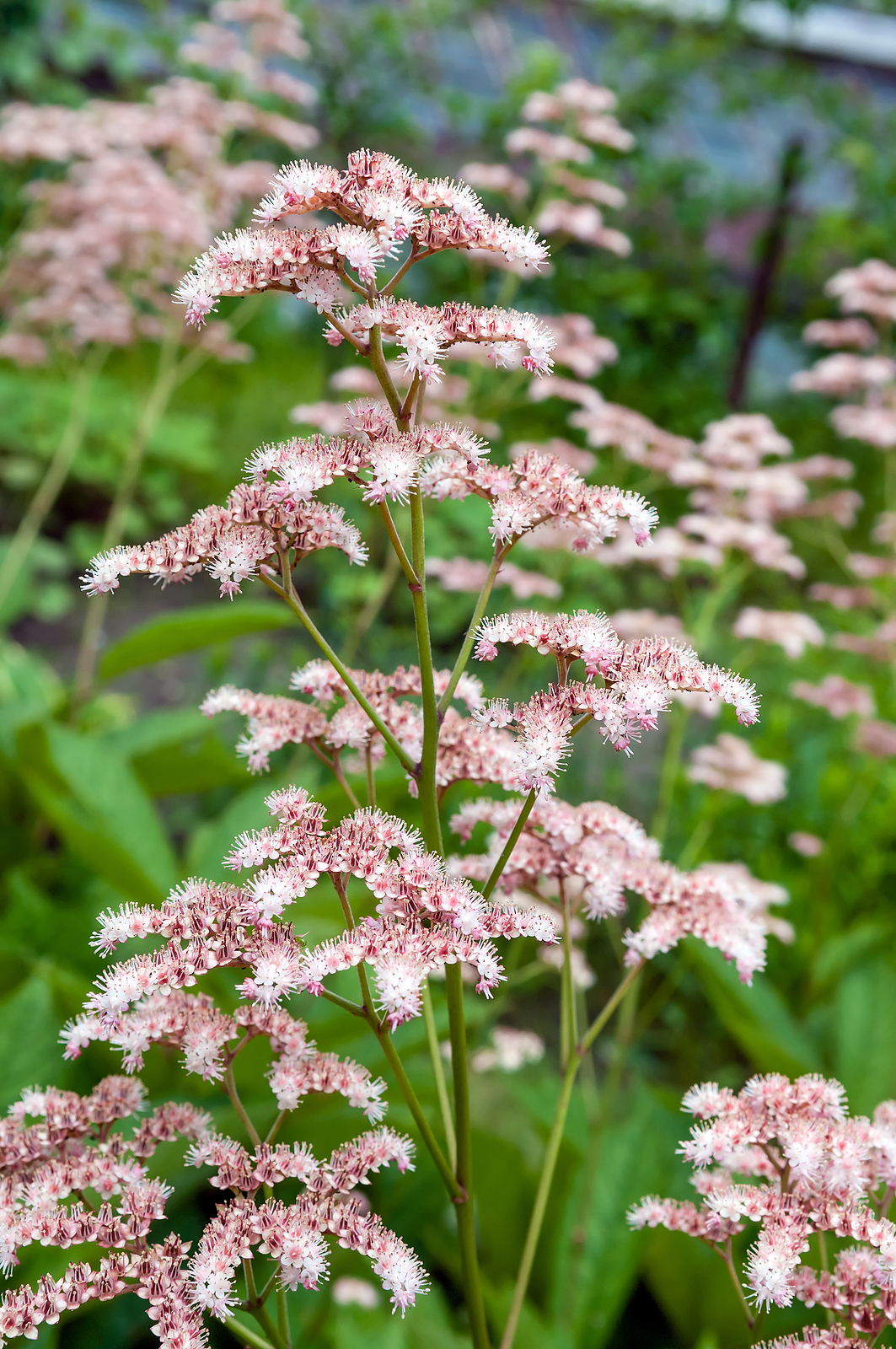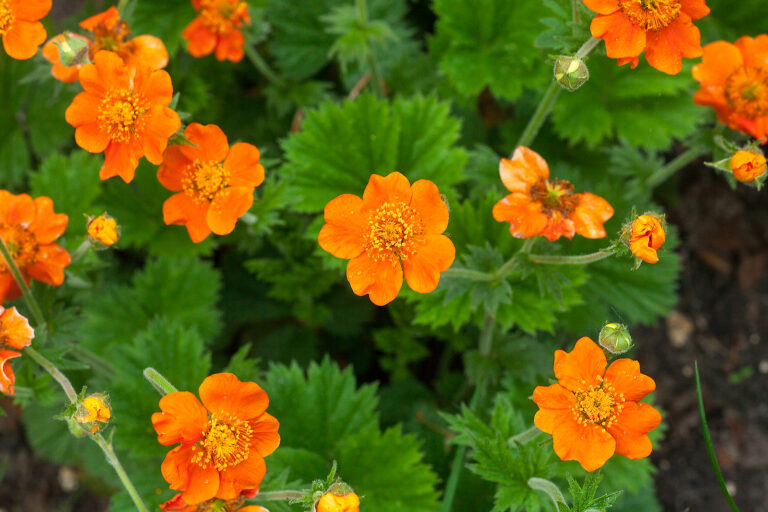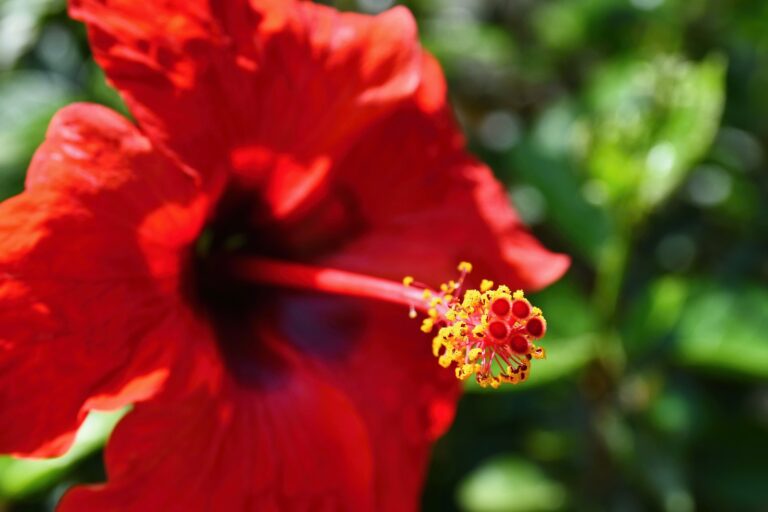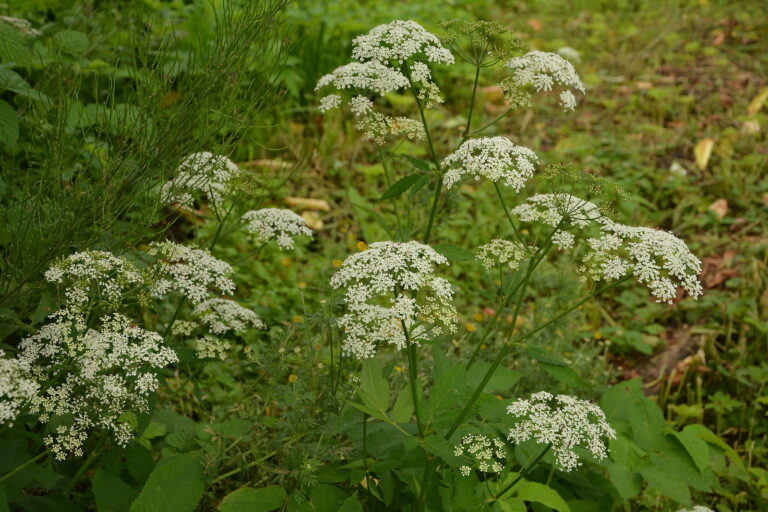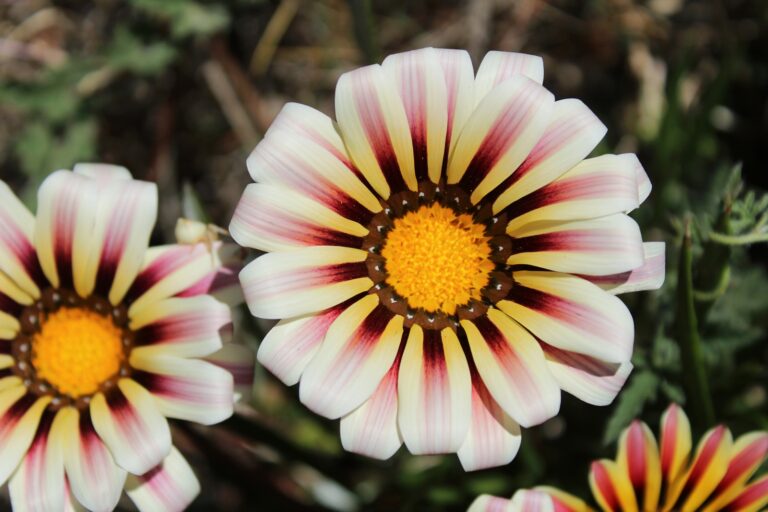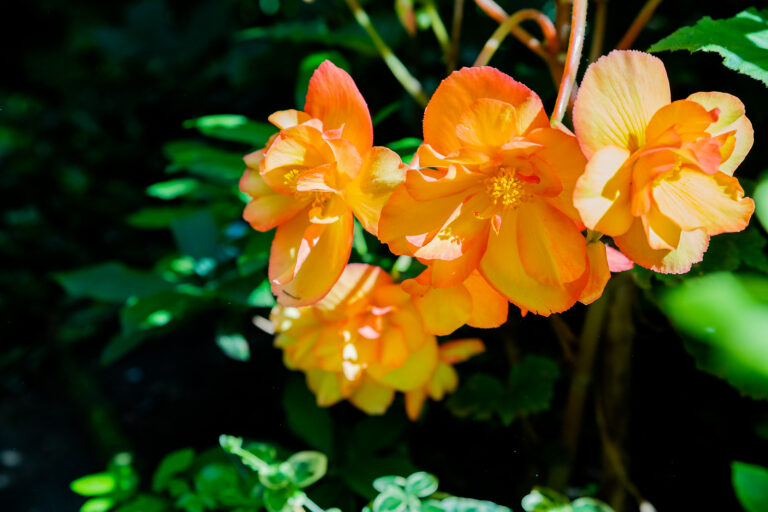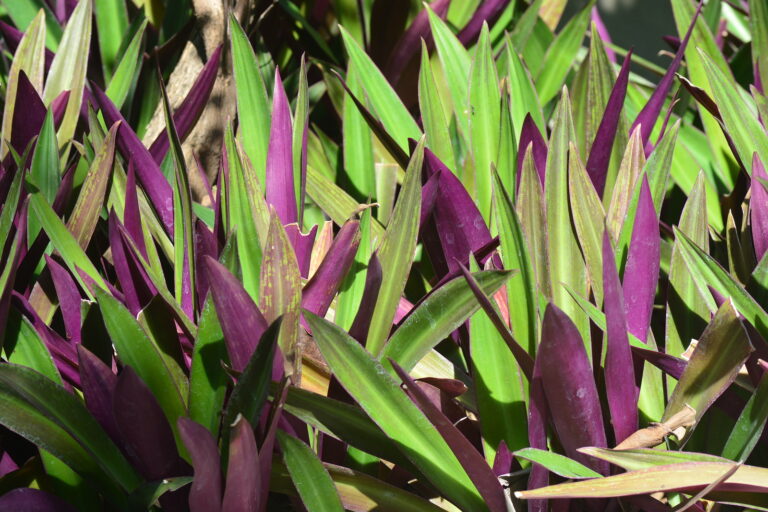How to Grow Rodgersia
Rodgersia are large, imposing plants with divided finger-like leaves and tall stems that bear star-shaped petalless, white or pink flowers in large, fluffy, pyramidal panicles. The leaves turn yellow to bronze in autumn. Rodgersia is a perennial that grows 4 to 6 feet tall.
Grow Rodgersia in a moist border, a bog garden, or near water. Rodgersia can be naturalized at woodland margins or along shaded streams. Rodgersia prefers partial shade; it can grow in full sun in cool summer regions.
Rodgersia is a genus of six species of vigorous, clump-forming rhizomatous perennials. Rodgersia is native to moist woodland and scrub and streamsides in the mountains of Myanmar, China, Korea, and Japan.
Get to know Rodgersia
- Plant type: Rhizomatous perennial
- Growing zones and range: Zones 5 to 8
- Hardiness: Hardy to Zone 5
- Height and width: Varies, but most are 4-6 feet (1-2m) tall and 3 feet (1m) wide.
- Growth rate: Moderate
- Form and habit: Clump-forming
- Foliage: Large, long-stalked, palmate or pinnate, sometimes bronze-tinted, basal leaves, in some species, turning shades of red and brown in autumn; leaves are compound, with leaflets arranged in a palmate or pinnate fashion, and often distinctively textured
- Flowers: Tall stems bear star-shaped, petalless, white or pink flowers, each .25-.4 inch (6-9mm) across, in large, fluffy, pyramidal panicles
- Fruits: Dark red or brown, capsular fruits
- Bloom time: Summer
- Uses: Grow near water, in a bog garden, moist border, or use for naturalizing at woodland margins
- Garden companions: Other clump-forming shade plants such as meadow rue, great Solomon’s seal, cardinal flower, bugbane, and azure monkshood
- Common name: Fingerleaf Rodgersia
- Botanical name: Rodgersia
- Family name: Saxifragaceae
- Origin: Myanmar, China, Korea, and Japan
Where to plant Rodgersia
- Plant Rodgersia in full sun or partial shade.
- Plant Rodgersia in humus-rich, moist soil.
- Rodgersia resents drought but will tolerate drier conditions with more shade.
- Rodgersia are dormant in winter; provide winter mulch in cold climates.
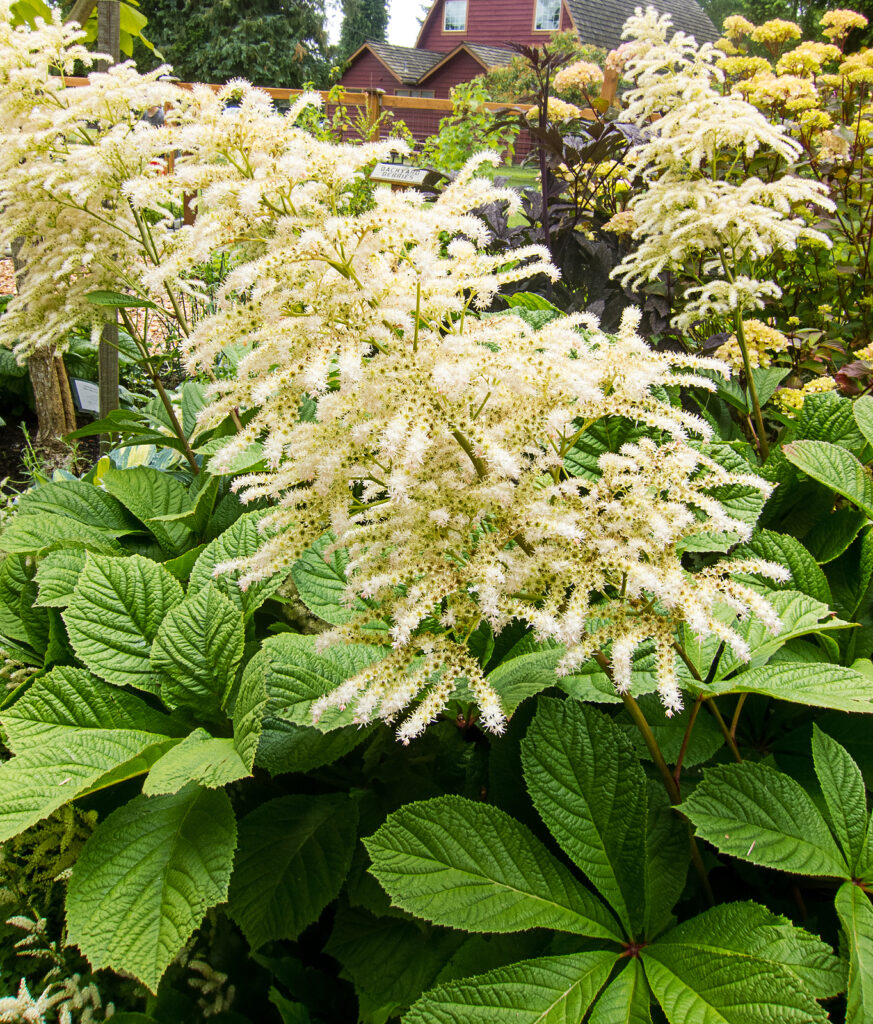
When to plant Rodgersia
- Sow Rodgersia seed in containers in a cold frame in spring.
- Set container-grown Rodgersia in the garden in spring or autumn.
Planting and spacing Rodgersia
- Space Rodgersia 3 feet (1m) apart.
- Rodgersia are difficult to move; watch for wilting.
How to water and feed Rodgersia
- Give Rodgersia ample water.
- Feed Rodgersia with an all-purpose organic fertilizer in spring.
How to care for Rodgersia
- Deadheading Rodgersia will not stimulate additional bloom; self-sowing is not a problem. However, deadheading improves the plant’s appearance.
- Cut Rodgersia back in late fall or early spring.
Rodgersia pests and diseases
- Rodgersia can develop slugs; otherwise, Rodgersia are usually pest-free.
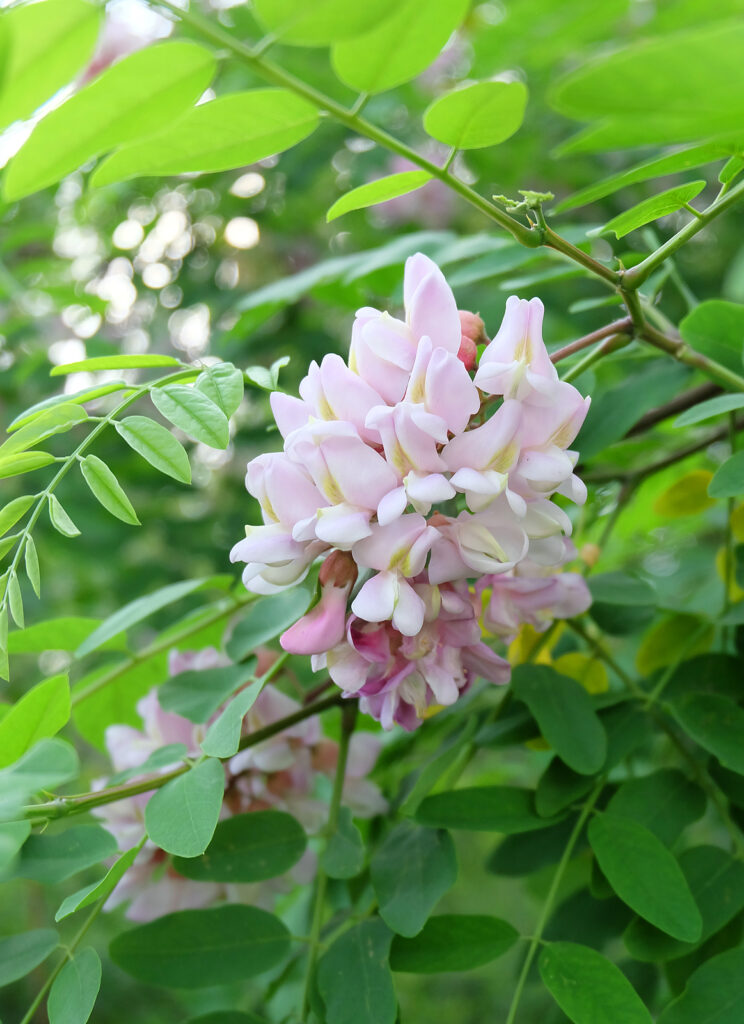
Rodgersia propagation
- Divide Rodgersia in early spring.
- Division is rarely needed.
Rodgersia varieties to grow
- Rodgersia aesculifolia, Fingerleaf Rodgersia, clump-forming, rhizomatous perennial producing horse-chestnut-like, palmate, crinkled, mid-green leaves, to 10 inches (25cm) long. The leaves have densely woolly, red-brown stalks and veins, and usually 7, sometimes 5-9, obovate, toothed leaflets. In midsummer, bears many star-shaped, white or pink flowers in large panicles, to 24 inches (60cm) long. To 6 feet (2m) tall and 3 feet (1m) wide. North China.
- R. pinnata, Fingerleaf Rodgersia, rhizomatous, clump-forming perennial producing pinnate, or partially pinnate or palmate, crinkled, heavily veined, glossy, dark green leaves, to 36 inches (90cm) long; leaves have reddish-green stalks and 5-9 obovate-inversely-lance-shaped, yellowish white, pink, or red flowers in panicles 12-28 inches 930-70cm) long. To 4 feet (1.2m) tall and 30 inches (75cm) wide. China (Sichuan, Yunnan).
- R. podophylla, Bronze-leaved Rodgersia, clump-forming, rhizomatous perennial with palmate leaves, to 16 inches (40cm) long, composed of usually 5 large, jagged, obovate, 3- to 5-lobed leaflets, crinkled and bronze when young, becoming smoother, glossy, and mid-green, with brown hairs. The leaves turn bronze-red in autumn. In mid-and late summer, bears star-shaped, creamy green flowers in panicles 12 inches (30cm) long. To 5 feet (1.5m) tall and 6 feet (1.8m) wide. Korea, Japan.
- R. sambucifolia, Elderberry Rodgersia, clump-forming, rhizomatous perennial with elder-like, pinnate, hairy, dark green leaves, to 30 inches (75cm) long, with usually 7, sometimes 3-11, oblong-lance-shaped, toothed leaflets. In early and midsummer, bears star-shaped, white or pink flowers in dense panicles, to 18 inches (45cm) long, arching at the tips. To 36 inches (90cm) tall and wide. West China.

